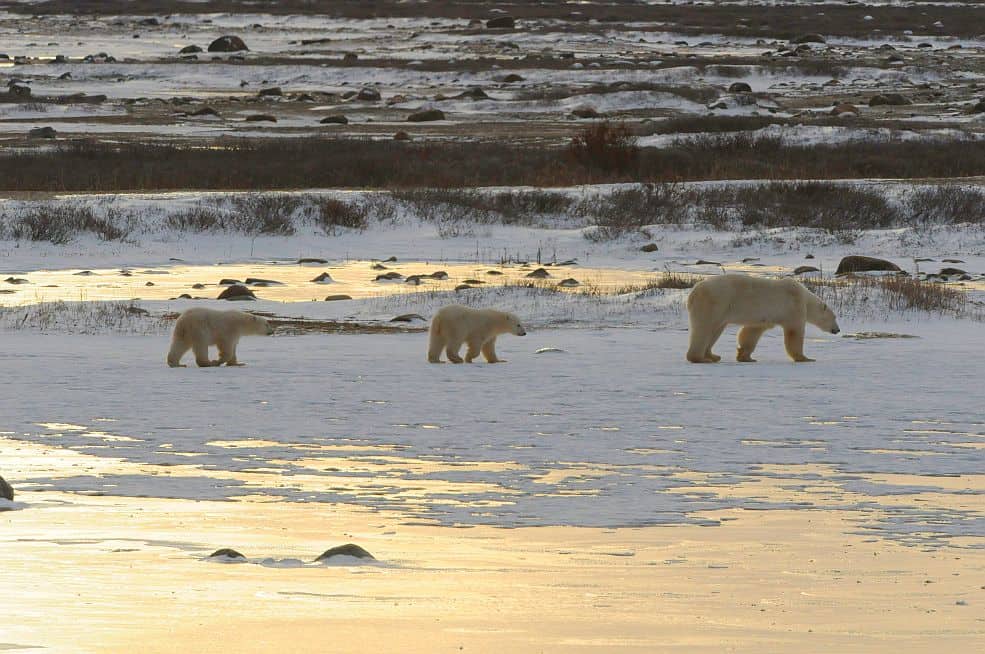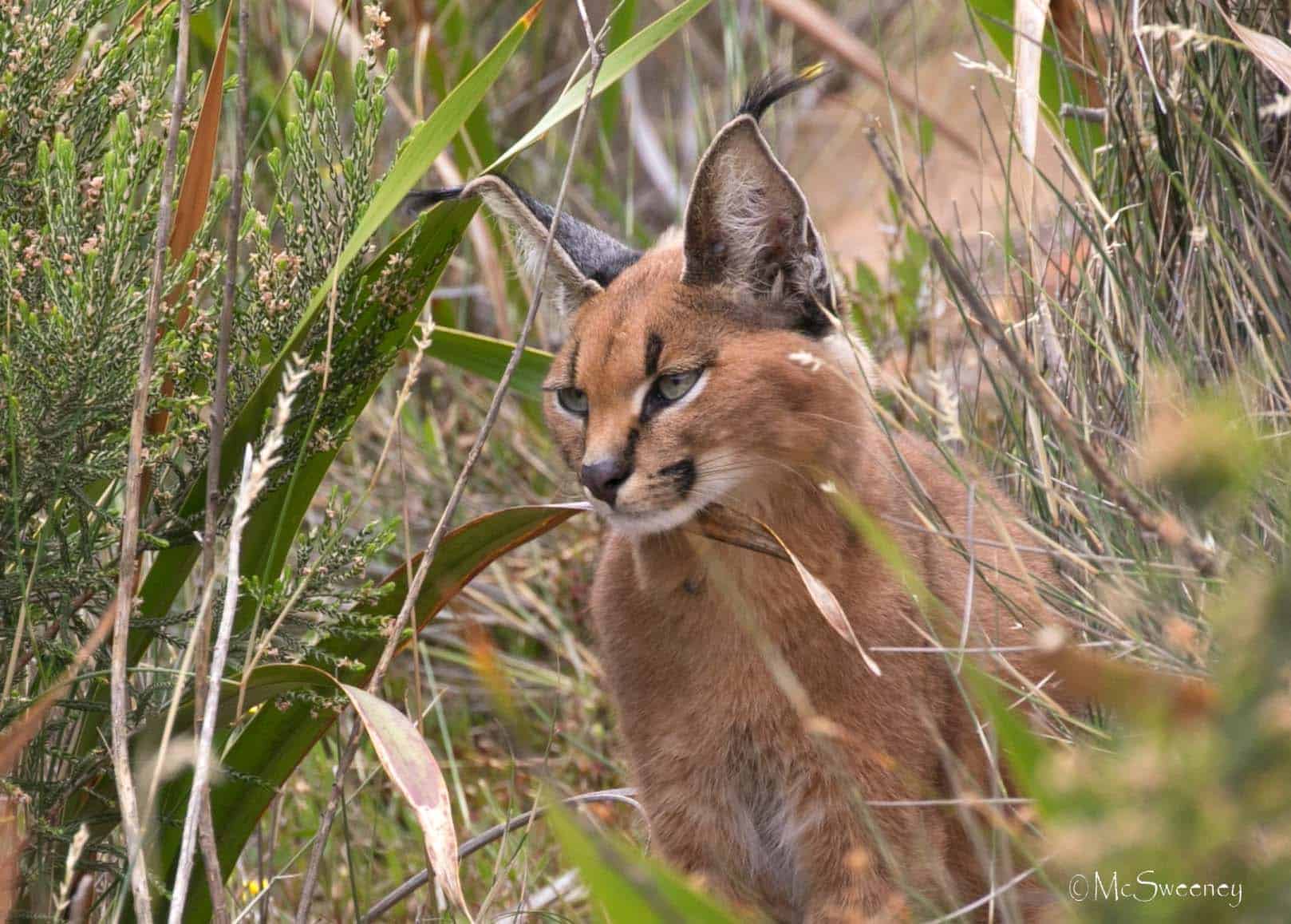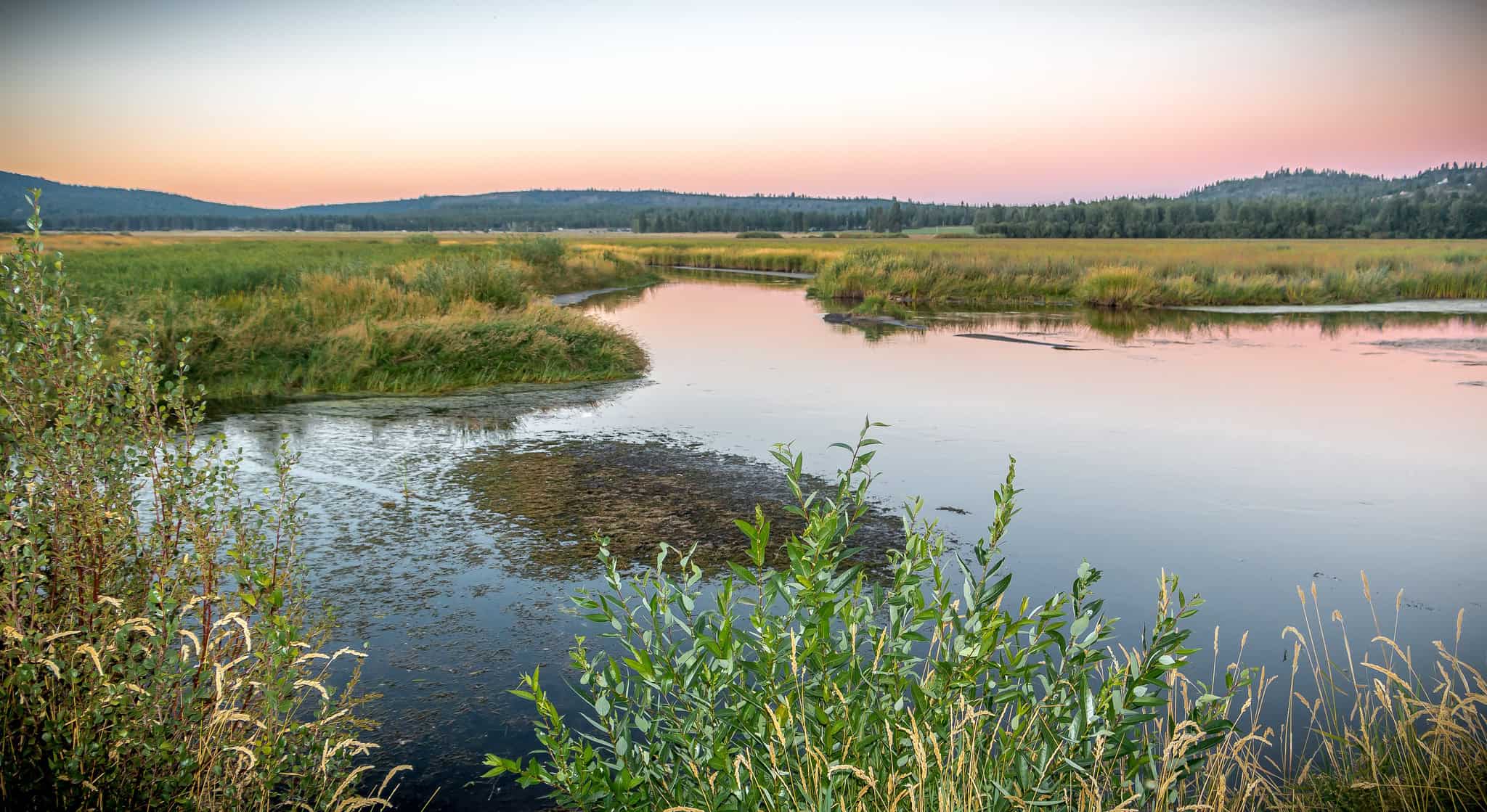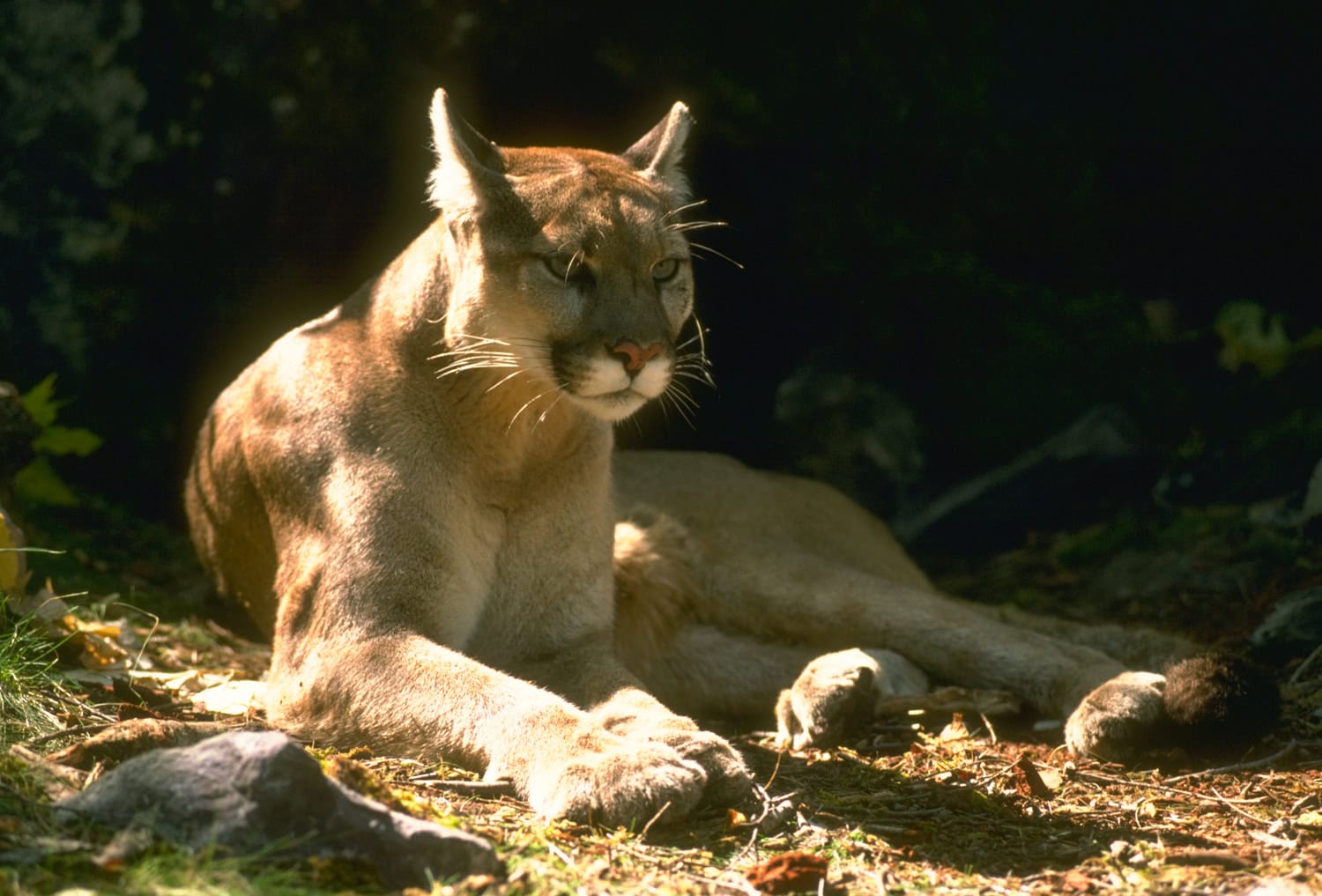Share this article
Wildlife Featured in this article
- polar bear
- black bear
- grizzly bear
WSB: Spray can help keep the polar bears away
Researchers examined historical records to determine how effective bear spray is on polar bears
It may not seem likely that spraying noxious liquid will stop a one-ton polar bear from attacking a person. But research shows that it works 95% of the time.
Many northern people are resistant to using bear spray due to the perception that it doesn’t work against such large predators. But Tom Smith has been studying bear spray and advocating for its use in self-defense for some time—both as a means to save people and as a better alternative to shooting the animals. A wildlife science professor at Brigham Young University, Smith knows how it feels to be sprayed—during various experiments evaluating its efficacy, he has sprayed himself and his colleagues a number of times. “It’s a terrible chemical—it’s debilitating,” he said—even as it burns your eyes, mouth and nose, you can’t wash it off, or it feels worse.
That research revealed that cans of bear spray can work in cold temperatures and with strong winds—especially when the bear is close enough. In a study published recently in the Wildlife Society Bulletin, he and his colleagues compiled all the cases they could find where someone actually used the tool against a polar bear (Ursus maritimus) to evaluate its efficacy during real encounters.
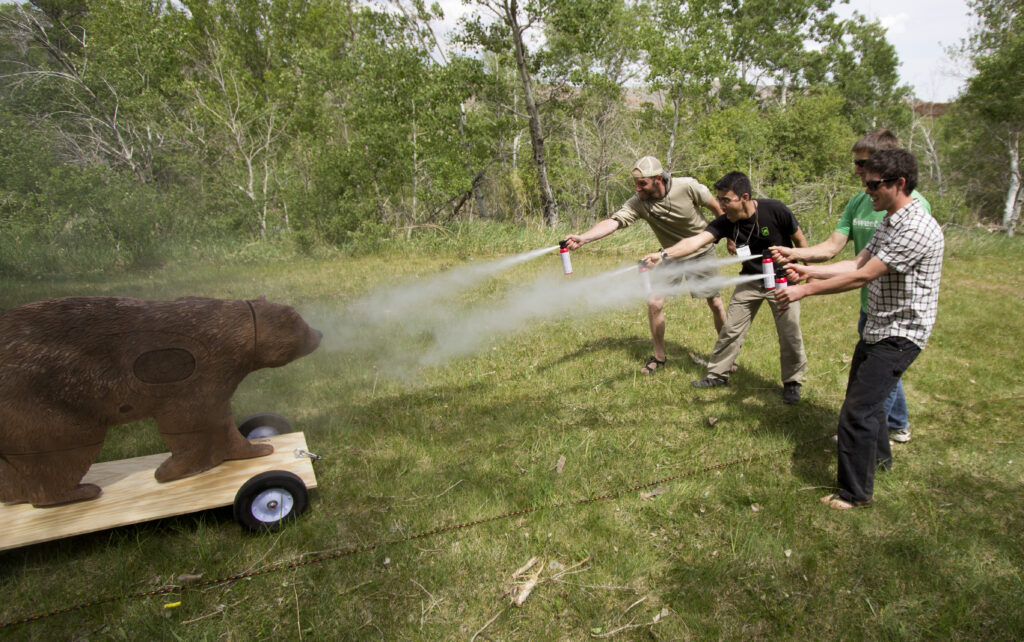
They found 19 cases of people using bear spray to deter polar bears from 1986 to 2019. Six of these were in Russia, 10 in Canada and three in Alaska.
Of those 19 cases, Smith and his colleagues found the spray worked to deter bears 18 times—or in 95% of the cases. “It works on polar bears just the same as grizzlies and black [bears],” Smith said. “It’s pretty dang effective.”
In the one case that didn’t work, luckily the bear wasn’t attacking someone. The person tried to use the spray to deter the polar bear from rummaging through some gear on a beach, Smith said. But the bear was quite far away and there was a decent amount of wind.
Polar bears weigh between 700 and 1,000 pounds. Like their smaller cousins, black bears (Ursus americanus), they will sometimes approach humans, leading some to characterize them “menacingly curious,” Smith said.
Spraying works not only because of the noxious effects it has on the eyes, nose and mouth. The whole process of shaking the can, the hiss of spraying, and an approaching cloud of aerosols can quickly make a bear shift its priority from curiosity to “get me out of here,” Smith said. “The cloud never even makes it to the animal, but the whole visual and auditory effect frightens them off.”
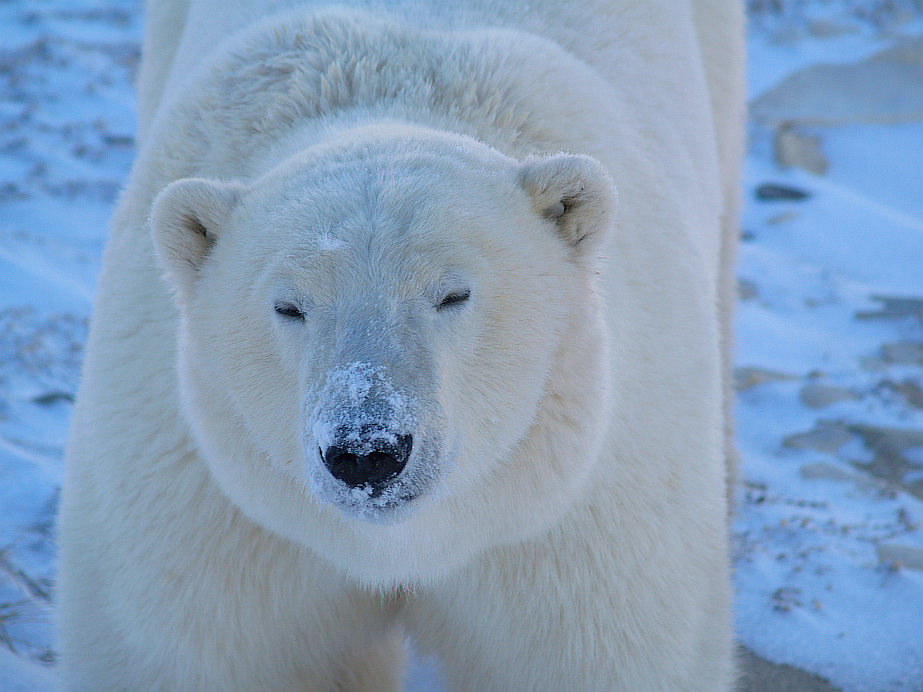
It might seem cruel in a sense to spray bears with noxious chemicals, but Smith stresses that it’s a much better outcome than the alternatives that could result in a human or a bear getting killed or injured. “Minimizing conflict is really important,” he said.
Smith added that spray is likely more effective than guns as a deterrent, since it’s easier to use and takes less training. The stress of the situation could also make it harder for humans to operate guns well, he added.
The researchers also examined cases where people had been killed by polar bear attacks in the last 35 years and found that in 93% of those cases, the person may still be alive if they had used a $35 can of spray.
This article features research that was published in a TWS peer-reviewed journal. Individual online access to all TWS journal articles is a benefit of membership. Join TWS now to read the latest in wildlife research.
Header Image: A mother polar bear and cubs near Churchill, Manitoba. Credit: Tom Smith



